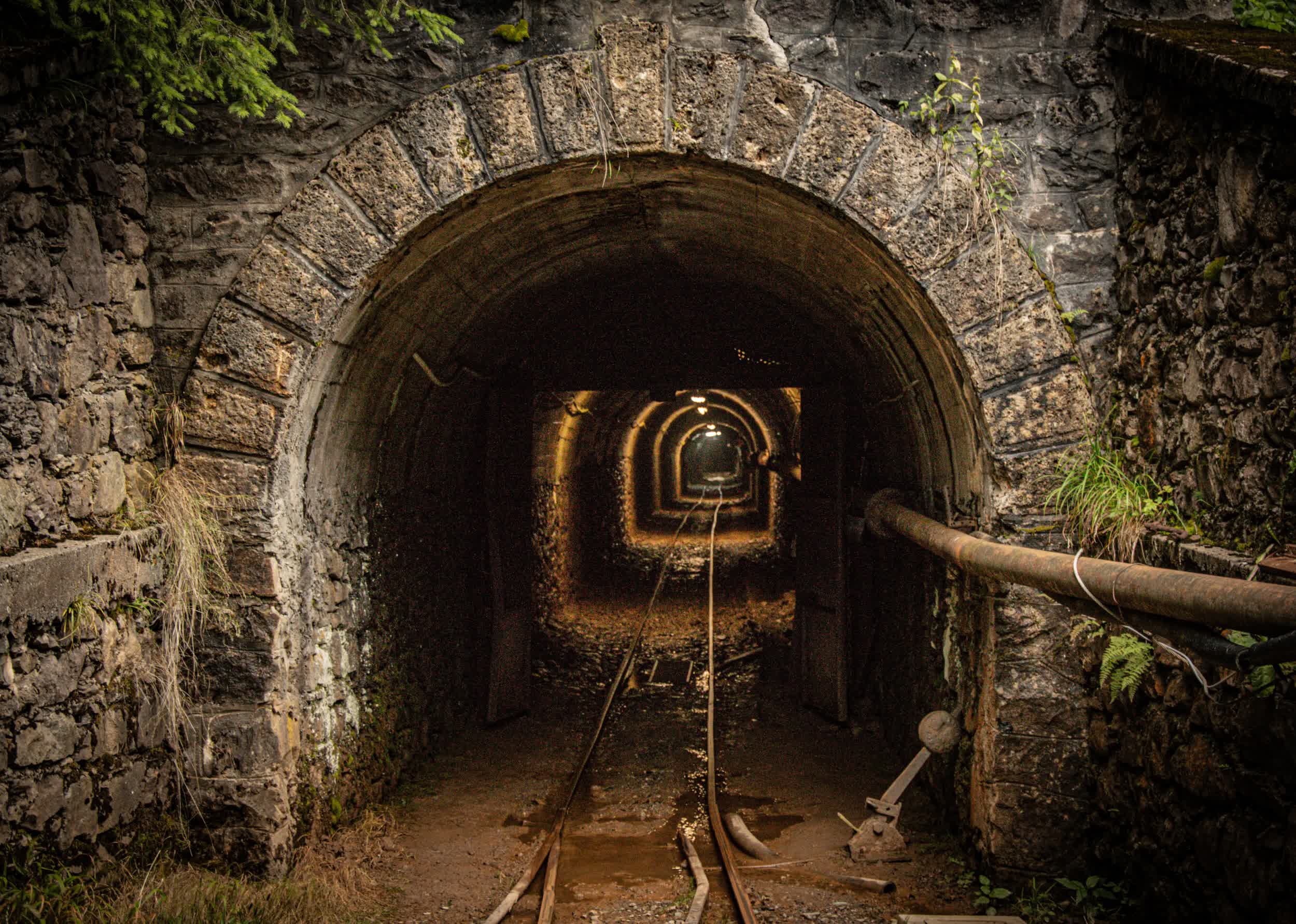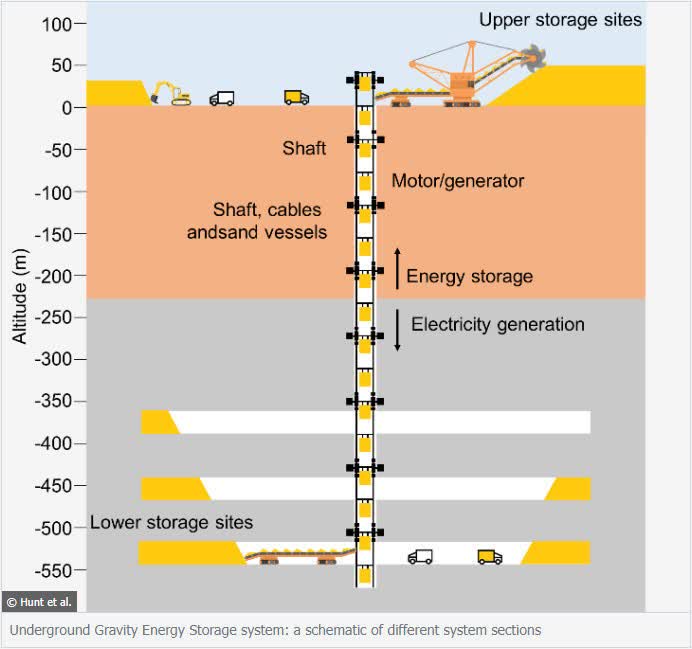Why it matters: Gravity batteries are a potential candidate for storing excess renewable energy, but finding places to install them is a challenge. Researchers have proposed that abandoned mines across the globe could be a cost-effective solution that may also provide jobs.

A study from the International Institute for Applied Systems Analysis (IIASA) proposes that decommissioned mines could be repurposed to operate gravity batteries. Converting old mines could provide enough energy to match the entire planet's current daily electricity consumption.
Gravity batteries try to solve one of the central problems regarding renewable energy sources like wind and solar – storing excess energy. Wind and solar often generate more energy than a grid can immediately use, so power companies have to store what's left over, usually in batteries.
Methods like the IIASA experiment use that extra energy to lift heavy objects. When the energy is needed again, the weight is dropped which spins a turbine and converts the kinetic energy from gravity.

Theoretically, gravity batteries can be anything with a lot of weight, like water or solid objects. The IIASA study lowered and lifted sand in abandoned mine shafts, moving it back and forth between upper and lower chambers based on energy needs.
Another advantage of the process is that while batteries tend to self-discharge over time, gradually losing their stored energy, the gravity method stores the energy in the sand (or whatever else is lifted to harness gravity) which doesn't self-discharge.
The IIASA proposes using abandoned mines because there are already likely millions of them across the planet that could be relatively cheaply converted for this purpose. Most contain the basic infrastructure for the job and are already connected to the power grid.
The researchers think that, after a roughly $1-10 per kilowatt-hour investment cost and a $2,000 per kilowatt power capacity cost, their method could have a global potential of 7-70 terawatt-hours. According to the International Energy Association, global energy consumption for 2020 – the most recent year on record – totaled 24,901.4 terawatt-hours, which divides into about 68 terawatt-hours per day.
Furthermore, operating gravity batteries in abandoned mines could restore or preserve some of the jobs lost when those mines closed.
https://www.techspot.com/news/97306-gravity-batteries-abandoned-mines-could-power-whole-planet.html
